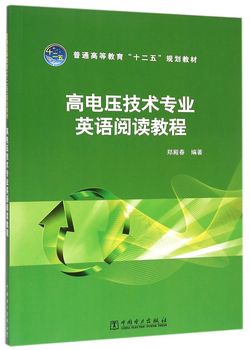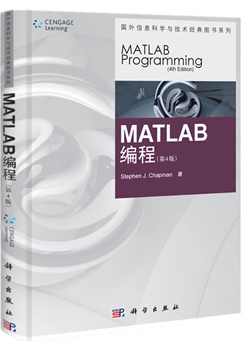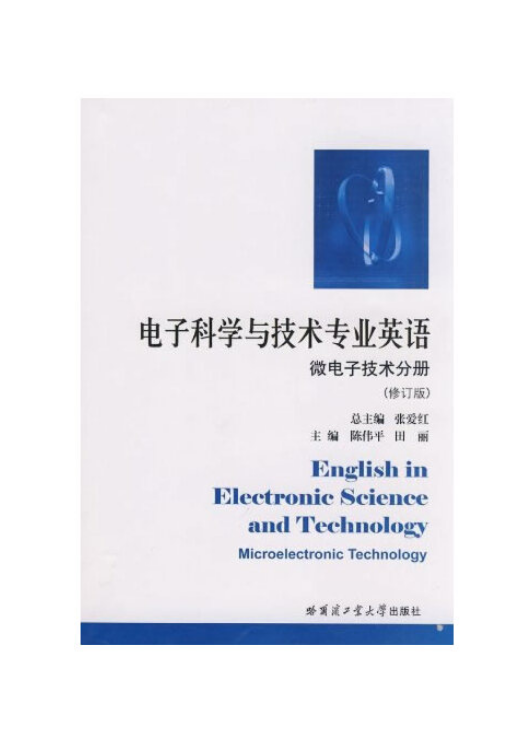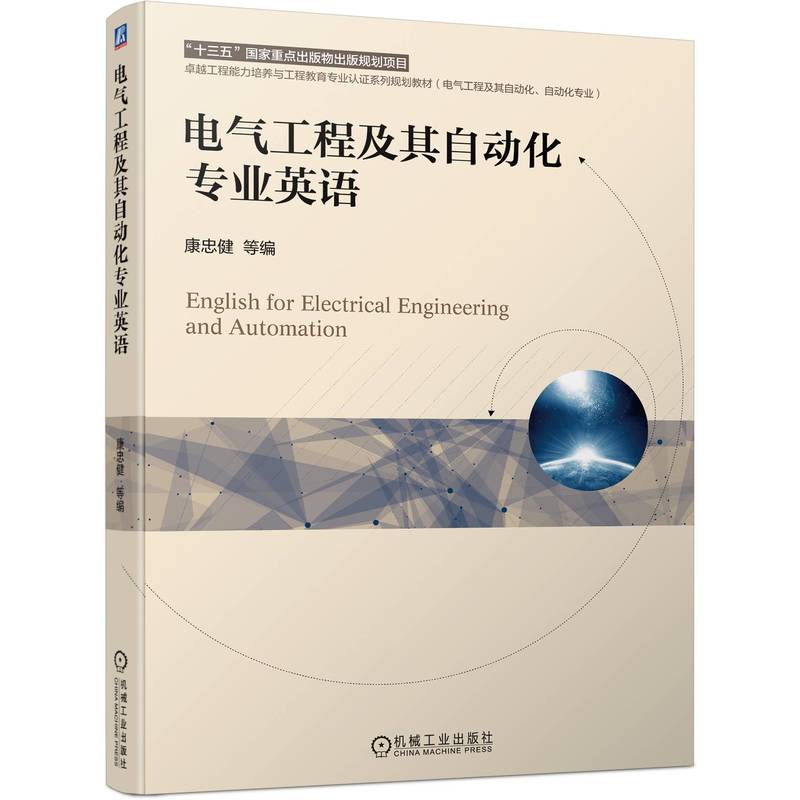Micro-nanofabrication Technologies and Applications
作者: Zheng Cui
出版时间:2005-11-17
出版社:高等教育出版社
- 高等教育出版社
- 9787040176636
- 1
- 298429
- 精装
- 特殊
- 2005-11-17
- 320
- 304
《微纳米加工技术及其应用》集作者多年来的实践经验与研究成果,系统地介绍了微纳米加工技术的基础,包括光学曝光技术、电子束曝光技术、聚焦离子束加工技术、X射线曝光技术、各种刻蚀技术和微纳米尺度的复制技术。对各种加工技术着重讲清原理,列举基本的工艺步骤,说明各种工艺条件的由来,并注意给出典型工艺参数。充分分析了各种技术的优缺点及在应用过程中的注意事项。《微纳米加工技术及其应用》强调实用,避免烦琐的数学分析,既注重基础知识又兼顾微纳米加工领域近年来的最新进展及在各高科技领域的应用,并列举了相关参考文献供进一步深入研究,因此不论是对初次涉足这一领域的大专院校的本科生或研究生,还是对已经有一定工作经验的专业科技人员,都具有很好的参考价值。
Preface
About the Author Chapter 1 Introduction
1.1 Micro-nanotechnologies and micro-nanofabrication technologies
1.2 Classification of micro-nanofabrication technologies
1.3 Organisation of the book References
Chapter 2 Optical Lithography
2.1 Principle of optical lithography
2.2 Process of optical lithography
2.3 Characteristics of photoresists
2.3.1 Common features of photoresists
2.3.2 Comparison of positive and negative photoresists
2.3.3 Chemically amplified resists
2.3.4 Special photoresists
2.4 Design and fabrication of photomasks
2.5 Resolution enhancement techniques
2.5.1 Off-axis illumination
2.5.2 Spatial filtering
2.5.3 Phase shift masks
2.5.4 Optical proximity correction
2.6 The limit of optical lithography
2.7 Optical lithography of thick photoresists
2.7.1 Conventional thick photoresist
2.7.2 SU-8 photoresist
2.8 Grey-scale photolithography
2.9 Computer simulation of optical lithography
2.9.1 Theory of partial coherent imaging
2.9.2 Computer simulation software COMPARE
2.9.3 Comparing the quality of optical lithography References
Chapter 3 Electron Beam Lithography
3.1 Principle of electron optics
3.2 Electron beam lithography systems
3.2.1 Vector scan and raster scan systems
3.2.2 Shaped beam systems
3.2.3 Projection lithography systems
3.2.4 Microcolumn e-beam lithography systems
3.3 Pattern design and data format for e-beam lithography
3.3.1 Issues in pattern design
3.3.2 Intermediate data format
3.3.3 AutoCAD format
3.3.4 Machine data format
3.4 Electron beam resists and processes
3.4.1 High resolution e-beam resists
3.4.2 Chemically amplified resists
3.4.3 Multilayer resists process
3.5 Electron scattering and proximity effect
3.5.1 Electron scattering in solid materials
3.5.2 Proximity effect in e-beam lithography
3.5.3 Approximation of point spread function
3.6 Correction of proximity effect
3.7 Computer simulation of e-beam lithography
3.8 Ultimate resolution of e-beam lithography
3.8.1 E-beam lithography system
3.8.2 Secondary electron scattering effect
3.8.3 Resist process References
Chapter 4 Focused Ion Beam Technology
4.1 Liquid metal ion sources
4.2 Focused ion beam systems
4.3 Ion scattering in solid materials
4.4 Principle of focused ion beam processing
4.4.1 Ion sputtering
4.4.2 Ion beam assisted deposition
4.5 Applications of FIB technology
4.5.1 Inspecting and editing integrated circuits
4.5.2 Repairing defects of optical masks
4.5.3 Preparing TEM samples
4.5.4 A versatile microfabrication tool
4.6 Focused ion beam lithography
4.7 Focused ion beam implantation References
Chapter 5 X-ray Lithography
5.1 Principle of X-ray lithography
5.2 X-ray lithography system
5.2.1 X-ray source
5.2.2 X-ray maskaligner and stepper
5.2.3 X-ray mask
5.2.4 X-ray resists
5.3 High resolution X-ray lithography
5.4 High aspect ration X-ray lithography (LIGA technology)
5.4.1 X-ray source
5.4.2 LIGA mask
5.4.3 Thick resists and processes for LIGA
5.4.4 Accuracy of LIGA patterning References
Chapter 6 Etching Technology
6.1 Wet chemical etching
6.1.1 Anisotropic wet etching of silicon
6.1.2 Isotropic etching of silicon
6.1.3 Isotropic etching of silicon dioxide
6.2 Dry etching 1: reactive ion etching
6.3 Dry etching 2: deep reactive ion etching
6.4 Dry etching 3: ion sputtering etching
6.5 Dry etching 4: reactive gas etching
6.6 Dry etching 5: other physical etching techniques
6.6.1 Laser micromachining
6.6.2 Electrodischarge micromachining
6.6.3 Powder blasting References
Chapter 7 Replication Technology
7.1 Nanoimprint lithography
7.2 Step and flash nanoimprinting lithography
7.3 Soft lithography
7.4 Micromoulding of plastics
7.4.1 Hot embossing
7.4.2 Microinjection moulding
7.4.3 Casting
7.5 Microstereolithography
7.6 Other replication techniques
7.6.1 DipPen nanolithography
7.6.2 Nanosphere lithography
7.6.3 Nanostencil lithography References
Chapter 8 Applications of Micro-nanofabrication Technologies
8.1 Very large scale integrated circuits
8.2 Nanoelectronics
8.3 Optoelectronics
8.4 High density magnetic storage
8.5 Micro-electro-mechanical systems
8.6 Biochips
8.7 Nanotechnology References
Index















